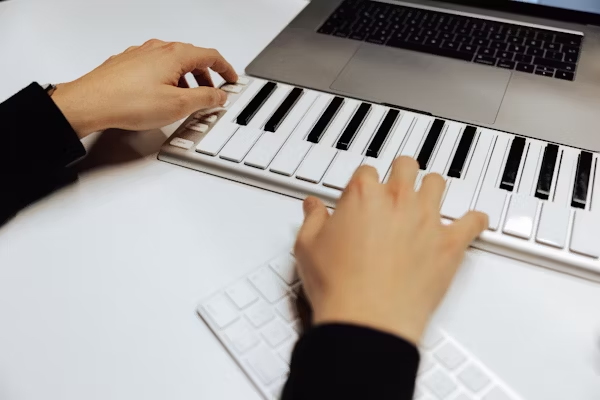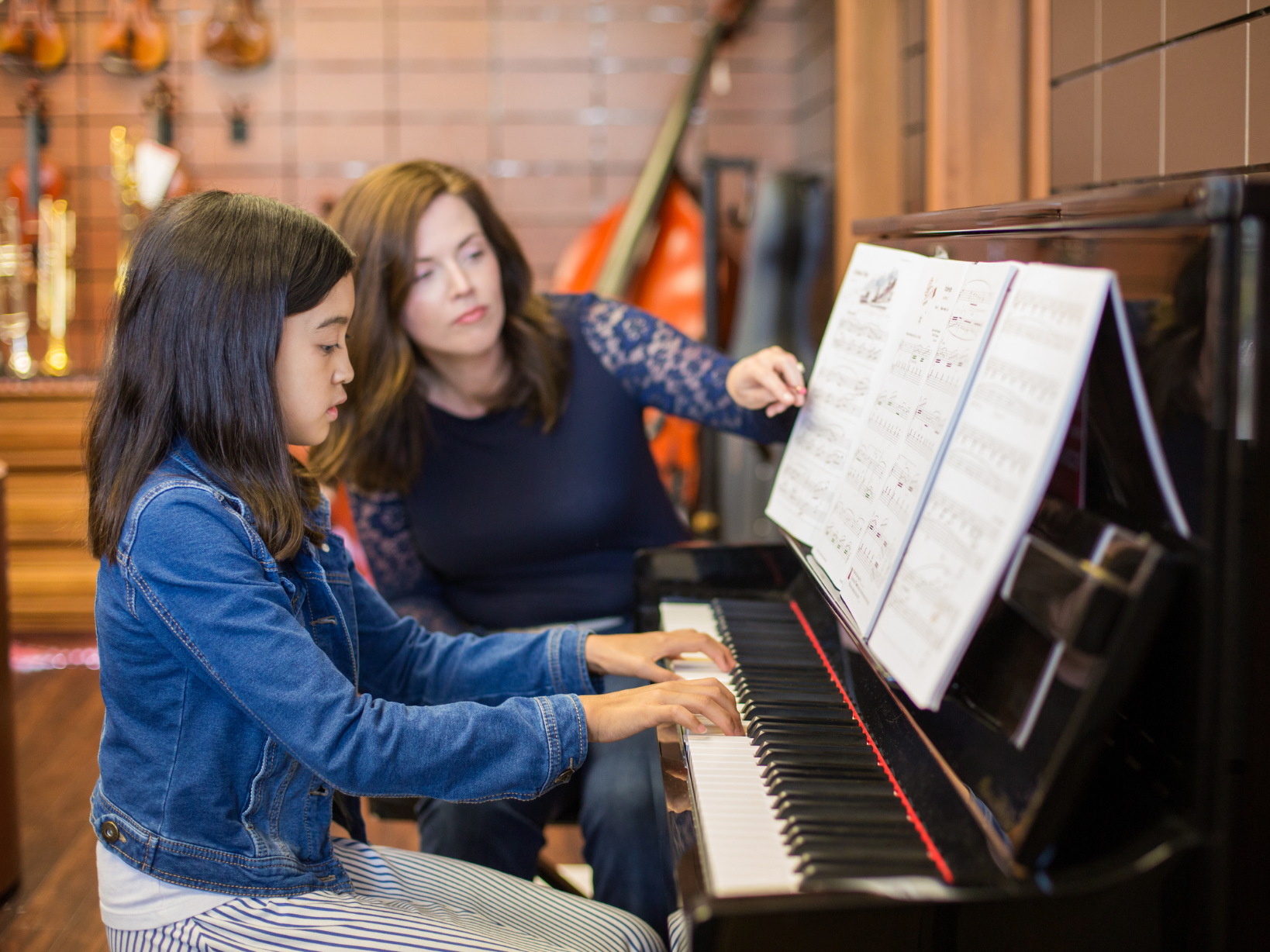
A clear, buyer-friendly guide to the modular piano keyboard—what it is, why it matters, and how to pick one that fits your goals. Yes—modular piano keyboards exist. They let you start compact, then snap on more keys or controls as you grow.
Think: a core board for everyday practice, an expansion keyboard for two-hand range, and a chord/pad section for one-tap harmonies or performance. This approach keeps costs lower up front, fits small spaces, and still scales toward beginner practice, creator workflows, and stage setups.
A modular piano keyboard is a digital piano system designed to grow in sections. Instead of buying a big, fixed-size instrument on day one, you start with a core keyboard (portable and easy to set up), then add modules when you need them—often via magnetic or tool-free connections.
This format solves two problems at once: space and certainty. You don’t need to commit to a full-size board before you know how often you’ll practice, and you can scale responsibly as your skills improve.

Traditional digital pianos are great—but they lock you into one size, one feature set, one price. A modular approach can be smarter if you:

If you’re shopping for the best digital piano for beginners, early momentum matters. Light-guided keys and built-in practice games make it easier to stick to a routine. Start with a compact core; add keys later. This staged approach beats overspending on day one and letting a big board gather dust.
Dorms, studio apartments, or shared spaces call for portable setups. A modular system is desk-friendly, backpack-friendly, and roommate-friendly. It’s also easy to stow between sessions—critical for consistency.
If you’re leaning toward the best electric piano for content creation, consider a keyboard with MIDI over Bluetooth/USB and a pad/chord surface. You can learn songs with lights, trigger harmonies, and lay quick loops in GarageBand/Logic/Ableton without hauling a heavy console.
If you’re approaching graded pieces or left-hand bass lines, you’ll crave more keys. Rather than replacing your entire instrument, a snap-on expansion can extend your range toward the best digital piano for advanced players—without a complete re-buy.
Modular piano keyboard takeaway: start lean, add keys when the music you want to play asks for it. That’s smarter than guessing up front.

You’ll see the phrase best digital pianos with weighted keys in buyer guides—and for serious technique, yes, weighted action is valuable. But if your priority is learning fast, playing regularly, and recording ideas, velocity-sensitive portable keys are often enough for the first 6–12 months.
LED guidance shortens the distance between “I want to play this song” and real notes under your fingers. The visual cueing turns abstract theory into doable steps:
The result: more songs finished. And finishing songs is how you stay motivated.
Use this to compare a modular board against any best stage piano or best keyboard piano short-list:
If you want to see how modular works in practice—LED-guided keys, a chord/pad surface, and a snap-on expansion keyboard—explore this product page: modular piano keyboard. You’ll find an approachable core board for day-one learning that can later scale toward two-hand pieces and performance.

Day 1—Unbox & Connect: Place the core board on your desk, connect power, pair Bluetooth/USB, test headphone volume, and run the app’s calibration/intro lesson.
Day 2—First Melody: Pick an easy song and follow the LED path at slow speed. Focus on timing, not speed.
Day 3—Chord Foundations: Use the chord/pad surface for I–V–vi–IV progressions. Sing along or hum; this cements rhythm and pitch.
Day 4—Hands Together (Short Phrases): Play 4-bar phrases hands together at 60–70% tempo. Loop tricky bars.
Day 5—Record & Review: Use your phone or DAW to record one take. Listening back reveals what to fix faster than practicing blindly.
Day 6—Speed Up + Add Dynamics: Increase tempo slightly, add dynamics (soft vs loud), and tidy pedal/legato if available.
Day 7—Share a Draft: Post a 30-second clip to a private chat or social. Sharing creates gentle accountability and encourages a new week of practice.

If your left hand wants real bass lines or you’re arranging two-hand pop ballads, adding the expansion feels instantly liberating. You’ll unlock:
Creators can map pads, control DAW clips, and keep the footprint small on café stages or in tight rehearsal rooms. That balance of reach + mobility is the reason modular exists.
Not at all. It’s a practical response to space, budget, and learning needs. Start compact, then expand; it’s the same logic as camera lenses or PC components.
For many learners, yes—especially with LED guidance, app lessons, and headphone practice. If you aim for classical exams quickly, you may eventually want weighted 88 keys; modular gets you there intelligently.
With an expansion and solid MIDI connectivity, modular setups work well for arranging, gigging, and recording. Advanced classical technique still favors fully weighted 88 keys, but many pros keep a modular board for writing and travel.
Modern modular boards offer piano and electric piano presets and connect easily to DAWs and sound libraries. For stage, pair with a lightweight amp or venue DI.
If technique realism is your #1 and you have space/budget, go weighted 88. If practice frequency, portability, and learning speed rank higher, modular is a smart first step—and you can still add or graduate later.
A modular piano keyboard aligns with how real life works: small spaces, variable budgets, and evolving goals. You get early wins with LEDs and app guidance, then scale up with an expansion when your music demands more. For many players, that’s the most efficient path from beginner to capable performer or creator.
Read more

What's a good mini keyboard for a music production/song writing beginner?
If you’re just starting to produce or write songs, choosing a keyboard for music production can feel like picking a spaceship control panel. Pads, knobs, tiny keys, Bluetooth, MIDI—what actually ma...

How to Practice Piano: Effective Routines for Beginners
If you’re starting from scratch, the biggest secret isn’t talent—it’s a routine you can repeat. In this guide, you’ll learn how to practice piano step by step: what to do first, how to keep session...